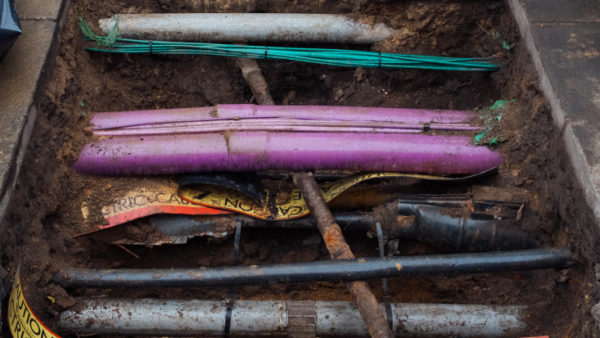
Carbon reduction tracking and site safety technology developers are among the latest to join HS2 Ltd’s Innovation Accelerator programme.
Entering the Accelerator this month, the five firms were chosen to develop techniques for designing carbon out of the railway and to monitor and improve site safety and security. HS2 has set a commitment to reduce the carbon impact of construction on the project by 50%, as well as delivering low-carbon journeys and cutting carbon emissions from other forms of transport.
HS2 Ltd decided to promote new and diverse thinking by focusing on small digital and data technology firms and building strategic partnerships with diversity-focused entrepreneurial SMEs.
It put in place measures to champion equality, diversity and inclusion, such as assessing applications blind and anonymously. As a result, two of the five SMEs have female CEOs or founders, and three have BAME CEOs or founders.
HS2 Ltd innovation manager Rob Cairns said: “With the third cohort intake, we focused on reaching a diverse range of businesses who we believe can bring fresh thinking and a new perspective to our mission of reducing HS2’s carbon footprint and improving the health and safety of our teams, as well as the security of our worksites.”
Read more about the five firms and their technologies below:
Looper
Looper, founded by Yiqiang Zhao, is developing technology that analyses designs to ensure that the plans and materials use the least-carbon intensive options. HS2 believes the technology can be refined on Phase One of the project and deployed across later phases.
Yiqiang Zhao said: “It’s a great opportunity for us to help HS2 contractors automate carbon tracking and calculations through the design and build. In the four months of the programme, we hope to secure a pilot project and seek fundraising.”
MachineMax
MachineMax (recently bought by Shell) is developing technology to monitor and improve the operating efficiency of worksite plant and machinery. It will identify where assets are working below capacity in order to cut emissions, accelerate works programmes and reduce costs. A key feature of MachineMax’s software is that it is ‘agnostic’, meaning it can be used on any make of site equipment.
MachineMax CEO Shweta Saxena said: “Our goal is to integrate MachineMax across the HS2 digital ecosystem and connect the entirety of the fleet to monitor and improve on-site emissions and efficiency.”
Tended
Tended, founded by Leo Scott Smith when he was 22, will develop wearable technology for worksite teams. It works to improve worksite safety practices with a buzz to alert the wearer to a potential risk. In addition, by feeding the risk alerts back to a central database, the programme can build a site map and identify if hotspots are occurring so that the repeated risk can be remedied.
Scott Smith said: “Working with HS2, we believe that Tended’s blend of technological capability and deep understanding of human behaviour can revolutionise site safety for HS2 and its supply chain.”
FYLD
FYLD’s technology uses AI, language processing and machine learning to inform site teams’ safety, quality and productivity decisions. The solution’s safety features include high-risk job alerts and proactive fatigue management. Equipping teams with these data-driven actionable insights delivers safer, more productive, and environmentally-friendly operations.
FYLD CEO Shelley Copsey said: “We are confident that as the UK accelerates the progress of one of the most exciting transport projects in Europe, our technology will have a transformative impact on field workers and rail businesses alike.”
Sensing Feeling
Sensing Feeling’s solution for de-risking construction sites uses advanced sensing software powered by computer vision and machine learning to detect how people, machines and vehicles behave in real-time.
Founder Jag Minhas said: “We’re looking forward to working with potential ecosystem clients and cohort collaborators to accelerate the use of advanced sensing products to make places safer for workers and customers.”













